
Bedlam has broken out at Surabaya’s Juanda International Airport, after Indonesian TV aired images of what appeared to be a dead body and aircraft debris floating in the Java Sea that were seen by relatives of passengers from the missing AirAsia Flight QZ 8501.
The relatives had been gathering at the airport, hoping for news of the Singapore-bound plane, which took off early Sunday morning with 162 passengers and crew on board and disappeared 42 minutes into the flight.
Air Asia later confirmed that the debris that was seen in the broadcast was that of the missing plane. “AirAsia Indonesia regrets to inform that The National Search and Rescue Agency Republic of Indonesia today confirmed that the debris found earlier today is indeed from QZ8501, the flight that had lost contact with air traffic control on the morning of 28th December 2014,” the airline said in a statement. “The debris of the aircraft was found in the Karimata Strait around 110 nautical miles south west from Pangkalan Bun.”
Tony Fernandes, group chief executive officer of AirAsia, added: “I am absolutely devastated. This is a very difficult moment for all of us at AirAsia as we await further developments of the search and rescue operations but our first priority now is the well-being of the family members of those on board QZ8501.”
Earlier, when graphic news images of a body were shown on TV screens set up in family waiting areas, dozens burst into hysterical wailing. At least two people fainted and were carried out to waiting ambulances.
Witness the Tragic Aftermath of AirAsia Flight QZ8501
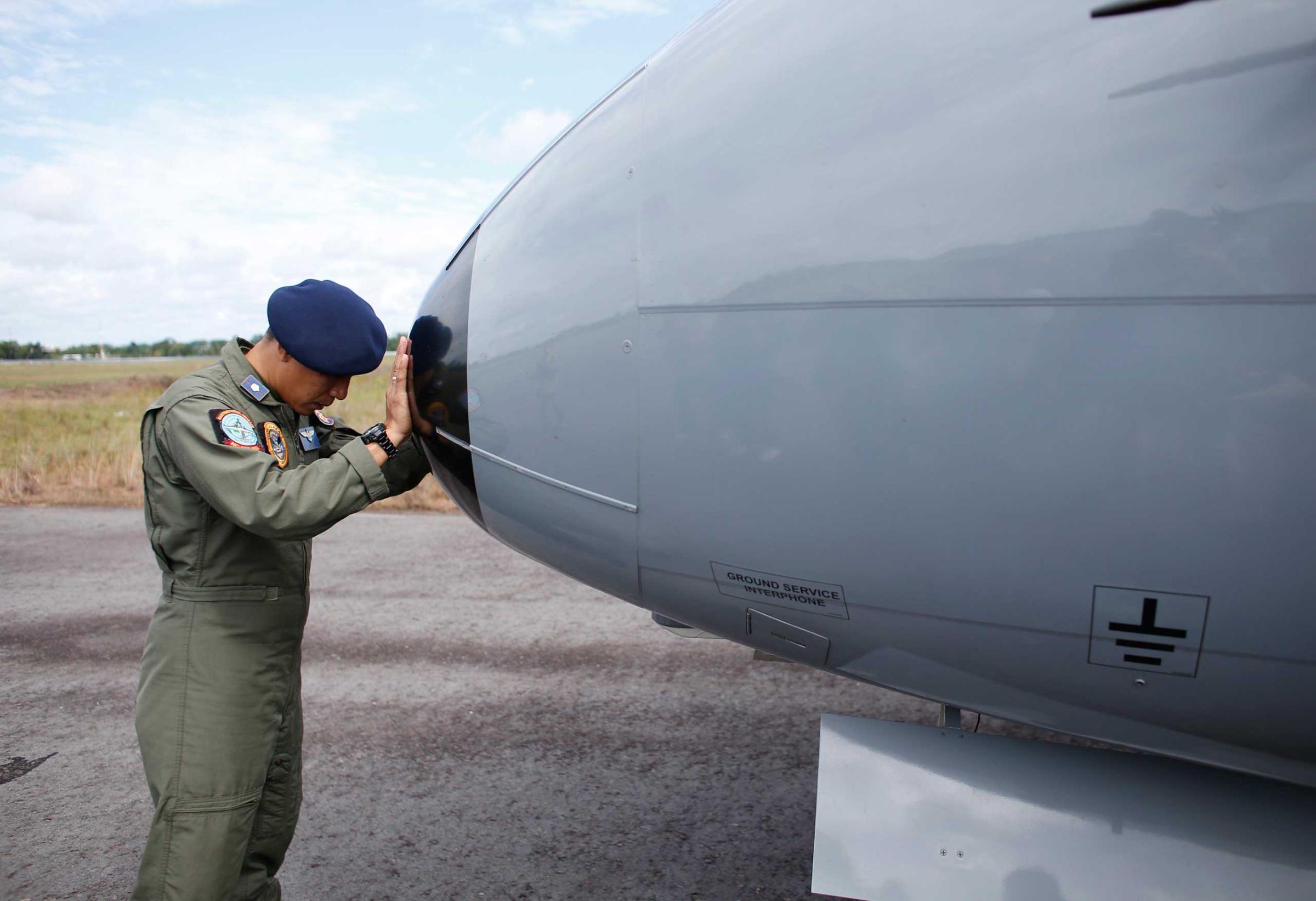
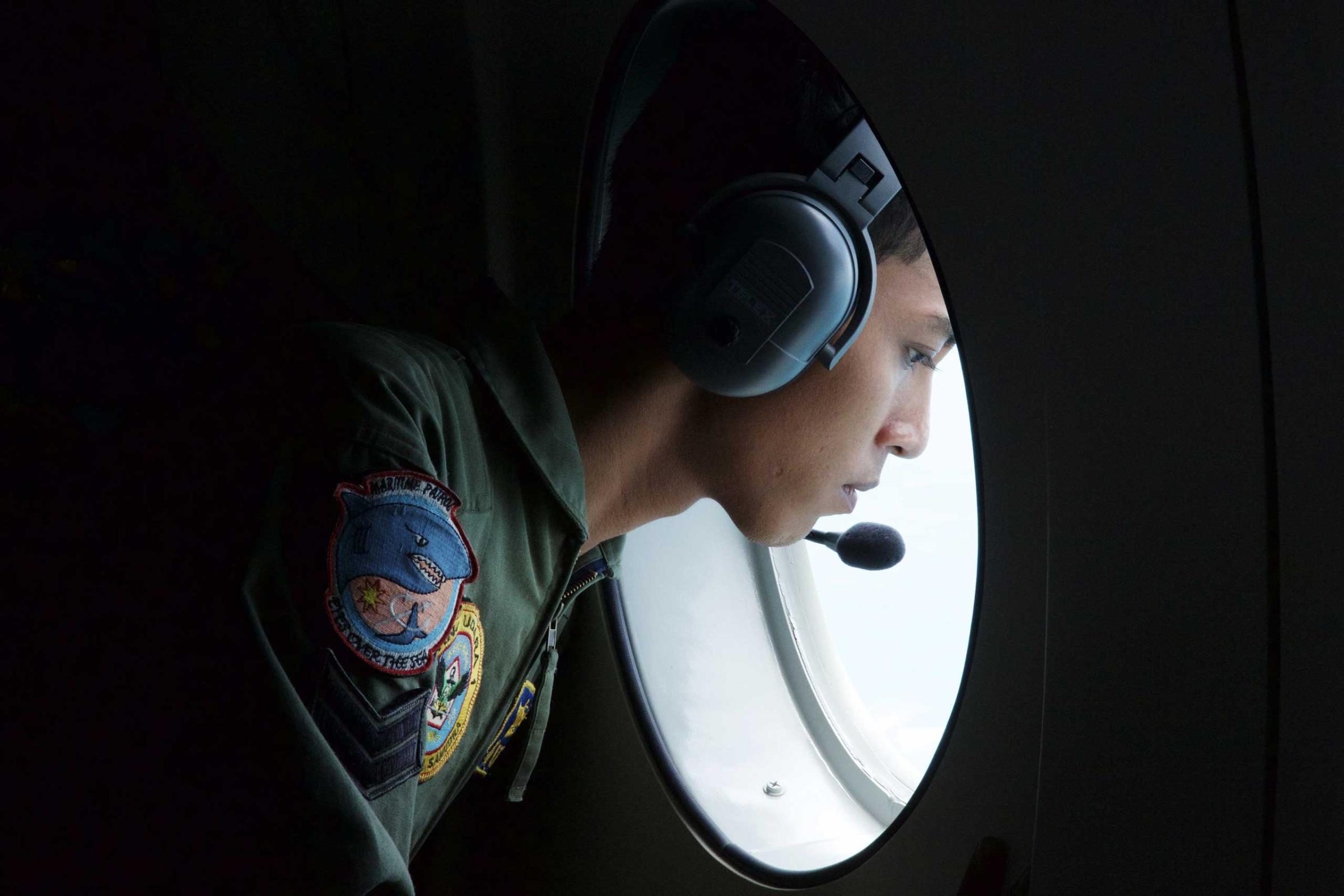
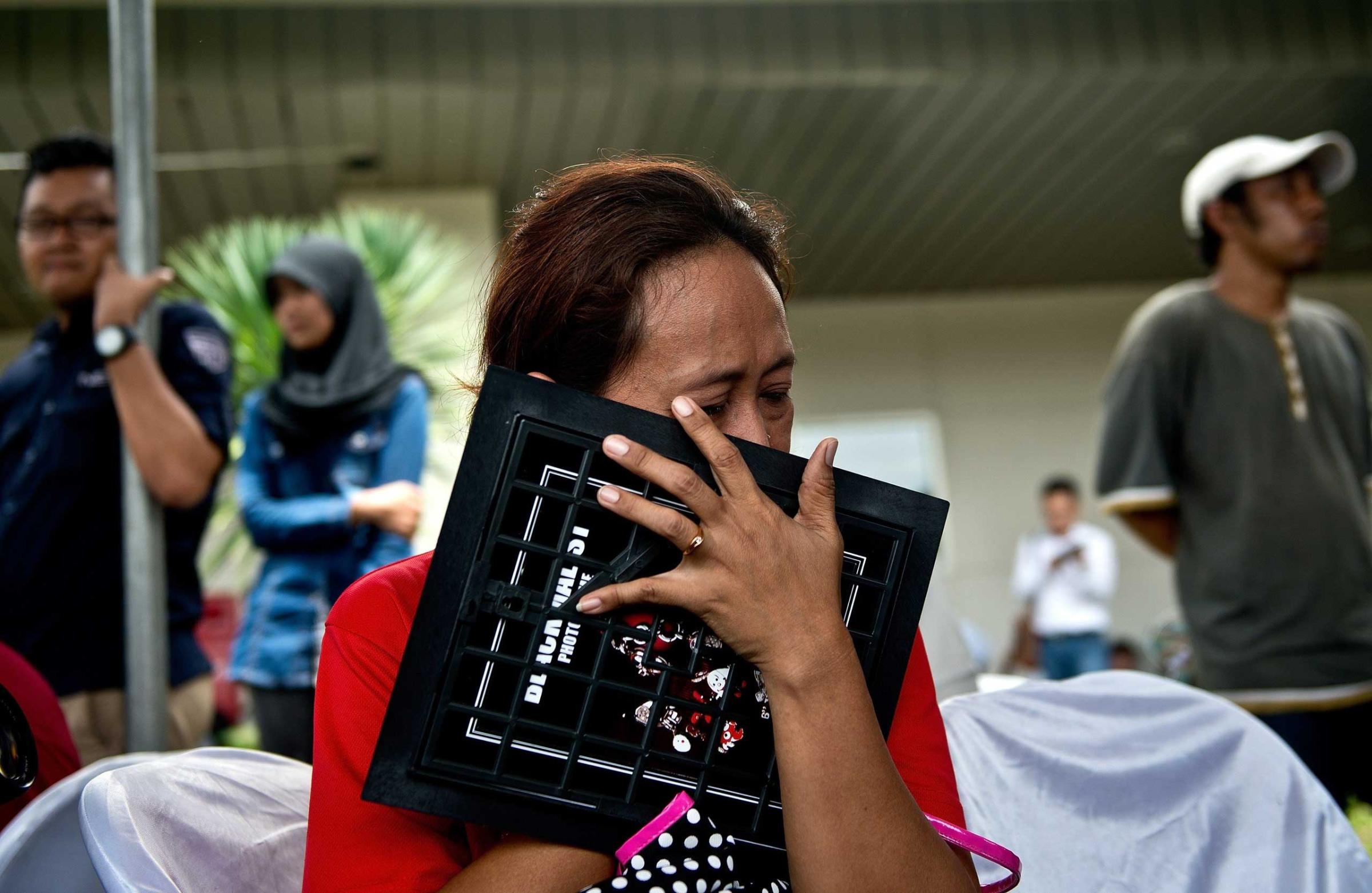

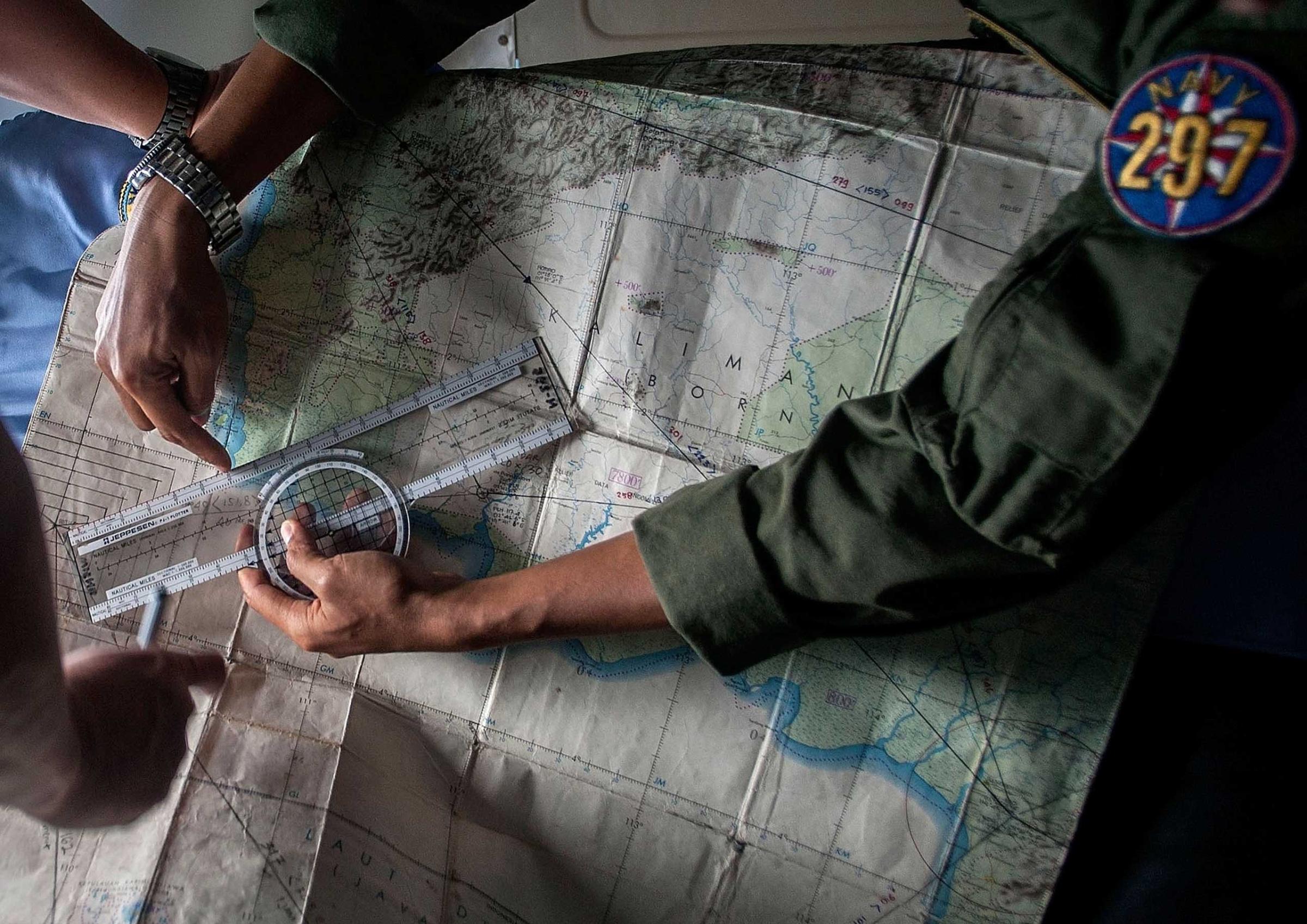

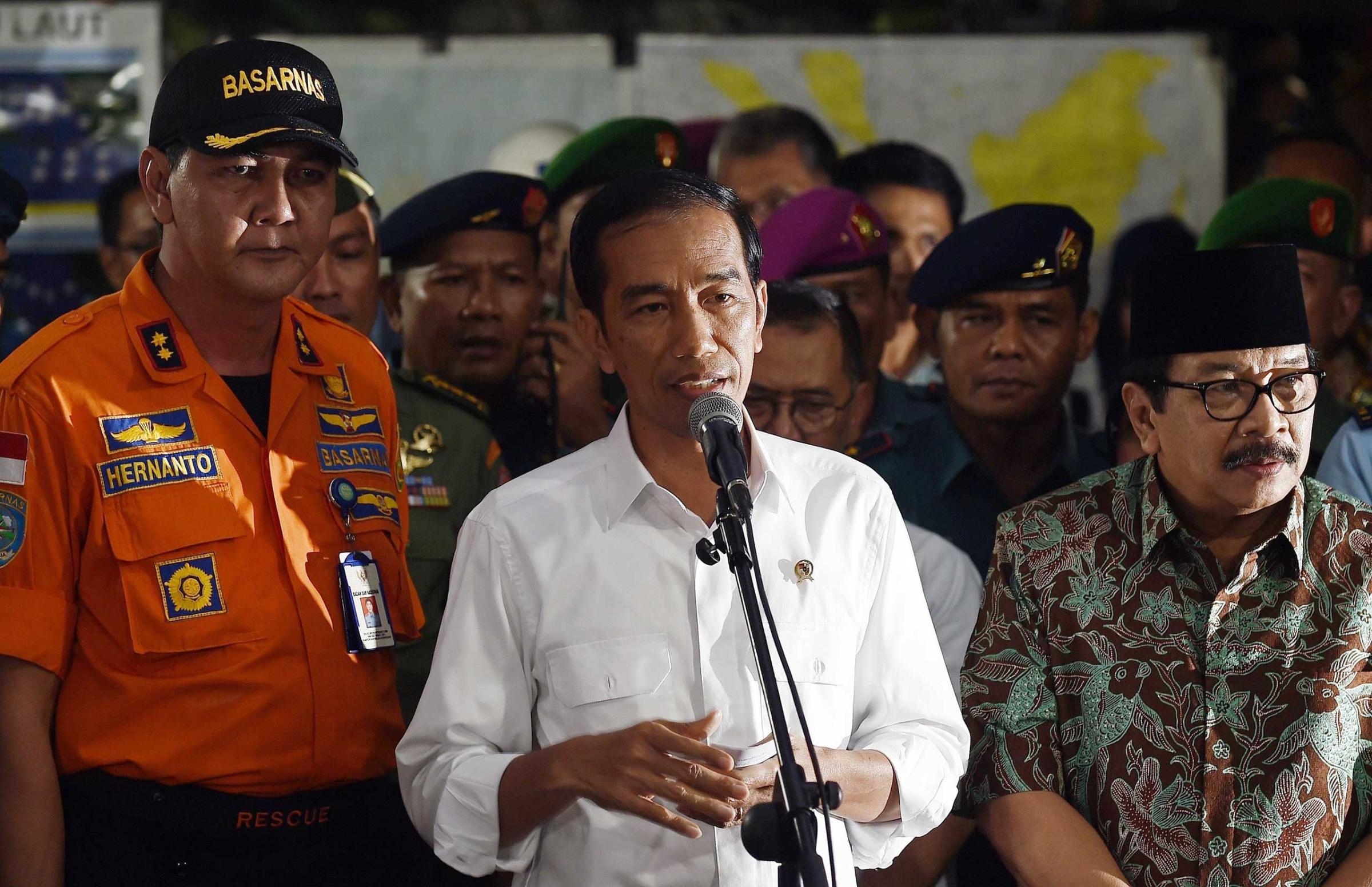

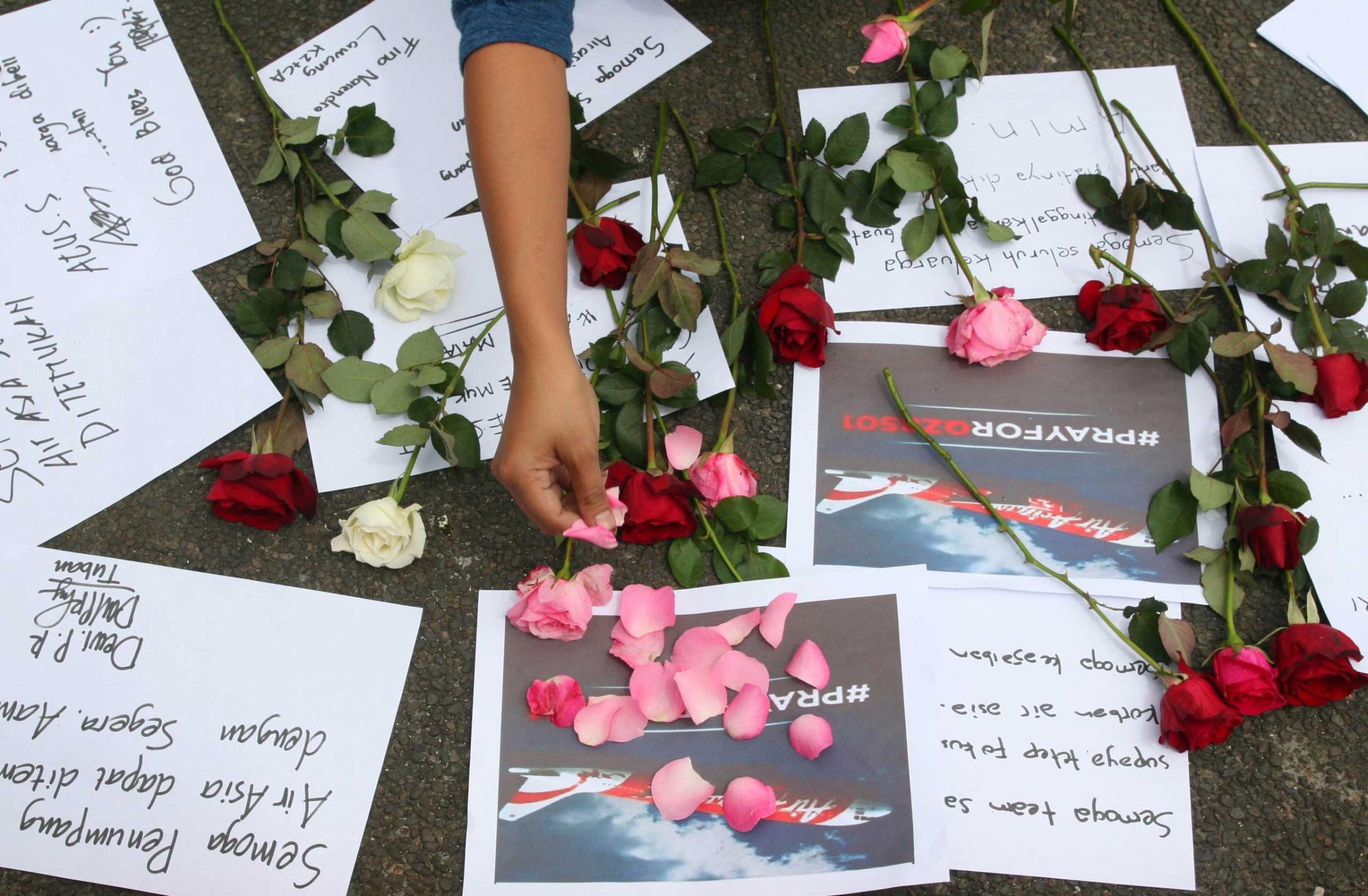
The broadcasting of the images has provoked criticism, prompting a news anchor from TVOne, a live-news channel, to apologize to waiting relatives.
So far the Indonesian navy has recovered three bodies from the wreckage, the chief of Indonesia’s national search and rescue agency said at a news conference. Earlier, Indonesian navy spokesman Manahan Simorangkir had told Agence France-Pressse that a naval warship had retrieved 40 bodies, but he later said that figure was incorrect due to a miscommunication with staff.
Officials had earlier confirmed to family members that an emergency exit door, a life jacket and other objects were spotted by an Indonesian Air Force plane, around 100 miles off Pangkalan Bun, in Central Kalimantan province, in southern Borneo.
The co-pilot of the C-130 Hercules aircraft, Air Force First Lieutenant Tri Wibowo, earlier told Indonesian media that he had seen objects floating in the Karimata Strait, in the waters around Ketapang district in West Kalimantan, that resembled a body, luggage, a life jacket and plane debris.
As that news trickled in, friends and relatives of passengers sat listlessly in the airport’s crisis center, sobbing quietly into tissues and gazing into space.
However, it was the shocking reality of the televised news images that caused the real outpouring of despair and grief.
Police officers in blue berets prevented dozens of press from entering the building, but that didn’t stop journalists pressing up against the windows. Inside, food cartons and other paper objects were torn up and used to cover the glass to prevent media from looking in.
“As the search and rescue coordinator, I can 95% confirm [that this is] debris and objects from the plane,” said National Search and Rescue Agency chief Bambang Soelistyo at a news conference just a short while earlier. “The 5% is simply because I haven’t seen personally seen them.”
He added that he was now dispatching divers to look for more debris in the area’s shallow waters.
Indonesian President Joko Widodo has flown to Pangkalan Bun on Tuesday afternoon, and will later go to the crisis center in Surabaya.
AirAsia boss Tony Fernandes tweeted that he was also “rushing” to Surabaya.
The plane’s disappearance is the third Malaysian-related air tragedy this year (QZ 8501’s owner, Indonesia AirAsia, is in turn 49% owned by Malaysian budget carrier AirAsia). Though none of the disasters are related, Malaysian aviation’s annus horribilis has spooked regional travelers.
No distress call was issued before the plane disappeared from radar, and no emergency-locator transmitters have been detected. Bad weather is thought a likely contributing factor to the plane’s fate.
— With reporting by Yenni Kwok / Hong Kong
Read next: This Is Why GPS Can’t Find the Missing AirAsia Flight QZ 8501
More Must-Reads from TIME
- Why Trump’s Message Worked on Latino Men
- What Trump’s Win Could Mean for Housing
- The 100 Must-Read Books of 2024
- Sleep Doctors Share the 1 Tip That’s Changed Their Lives
- Column: Let’s Bring Back Romance
- What It’s Like to Have Long COVID As a Kid
- FX’s Say Nothing Is the Must-Watch Political Thriller of 2024
- Merle Bombardieri Is Helping People Make the Baby Decision
Contact us at letters@time.com